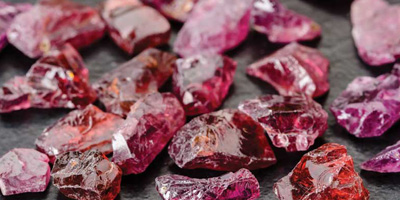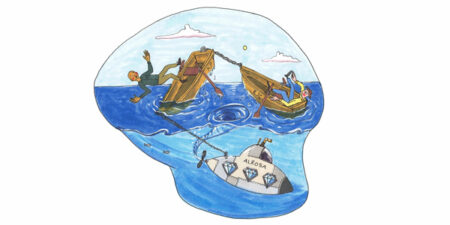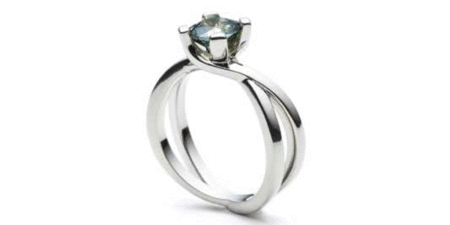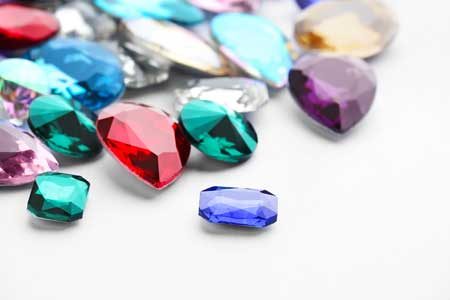Sure, we know these things are pretty—most of us wouldn’t be in this business if we didn’t love gems and jewellery. That said, it can be easy to lose perspective between the literal grind of cutting (and the drudgery of paperwork and running a business) and the glimpses of the darker side of this trade we are involved in. Many of the ethical supply chain options available to large firms (such as buying the entire output of a mine, for instance) are not feasible for businesses like mine. Nevertheless, there are ways to reflect our ethics in our businesses. In this article, I will describe a few approaches to ethical sourcing which I have observed over my career, then outline the benefits and drawbacks to each.
|
The ethical jewellery cemetery is full of tombstones of good intentions, inscribed with the words: plus ça change, plus c’est la même chose (i.e. “the more that changes, the more it’s the same thing”).
|
In recent years, evolving consumer demands and concerns over ‘conflict’ diamonds and minerals have coincided with the emergence of a powerful data-tracking approach known as ‘blockchain.’ This technology, in development since the 1980s, anchors a core tenant of ethical sourcing: traceability and transparency.
|
The true historical context of the term ‘responsibility’ as it pertains to jewellery sourcing can be traced back, at least partially, to the diamond industry’s response to blood diamonds.
|
Circular systems provide an alternative approach to global and local economies for which governments, businesses, and consumers alike are developing a keen interest.
|
The Kimberley Process, which aims to halt the flow of conflict diamonds, never loses its power to frustrate and disappoint. Perhaps this is because the stakes are so high, the possibilities so real, and the results of its initiatives so meagre.
|
The growing popularity of gem-quality lab-grown (also known as ‘synthetic’ or ‘cultured’) diamonds has caused a relentless marketing battle between diamond mining companies and gem-quality lab-grown diamond producers. Both contenders know corporate social responsibility (CSR) initiatives are key in appealing to the values of consumers.
|
These days, we often hear lip service paid to the need for corporate social responsibility (CSR) and ethics in the gemstone industry. During the Second World Emerald Symposium (2WES), however, the focus was on concrete actions being taken in Colombia and around the world to improve the lives of those in mining communities.
|
Baby and children’s jewellery as a profit centre for retailers has never been stronger. Gift-givers are discovering the wide array of options speaks to their sentiments, ethics, and personal style.
|
A new CIBJO committee has been formed with the goal of supporting responsible sourcing in the precious metals, jewellery, and gem industries.
|
|
|














